
Gōjū-ryū (剛柔流), Japanese for "hard-soft style", is one of the main traditional Okinawan styles of karate, featuring a combination of hard and soft techniques. Both principles, hard and soft, come from the famous martial arts book used by Okinawan masters during the 19th and 20th centuries, the Bubishi. Gō, which means hard, refers to closed hand techniques or straight linear attacks; jū, which means soft, refers to open hand techniques and circular movements. Gōjū-ryū incorporates both circular and linear movements into its curriculum, combining hard striking attacks such as kicks and close hand punches with softer open hand circular techniques for attacking, blocking, and controlling the opponent, including joint locks, grappling, takedowns, and throws.
Isshin-Ryū is a style of Okinawan karate founded by Tatsuo Shimabuku in 1945, and first brought into the United States in 1954. Isshin-Ryū karate is largely a synthesis of Shorin-ryū karate, Gojū-ryū karate, and kobudō. The name means, literally, "one heart method". In 1989 there were 336 branches of Isshin-ryū throughout the world, most of which were concentrated in the United States.

Shōrin-ryū (少林流) is one of the major modern Okinawan martial arts and is one of the oldest styles of karate. It was named by Choshin Chibana in 1933, but the system itself is much older. The characters 少林, meaning "sparse" or "scanty" and "forest" respectively and pronounced "shōrin" in Japanese, are also used in the Chinese and Japanese words for Shaolin. "Ryū" means "school". Shōrin-ryū combines elements of the traditional Okinawan fighting styles of Shuri-te.
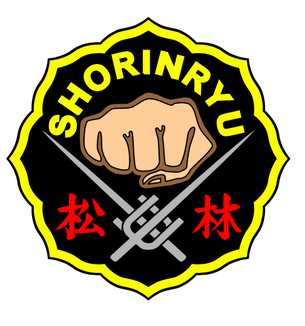
Matsubayashi-Ryū (松林流), is a style of Okinawan karate founded in 1947 by Shōshin Nagamine (1907–1997). Its curriculum includes 18 kata, seven two-man yakusoku kumite routines, and kobudō (weapons) practice.

Chitō-ryū (千唐流) is a style of karate founded by Dr. Tsuyoshi Chitose, (1898-1984). The name of the style translates as: chi (千) - 1,000; tō (唐) - China; ryū (流) - style, school, "1,000 year old Chinese style." The character tō (唐) refers to the Tang dynasty of China. The style was officially founded in 1946.
Shōbayashi Shōrin-ryu (少林流) is a style of Okinawan Shorin-ryu karate founded by Eizo Shimabukuro. Eizo Shimabukuro (1925-2017) dropped the Chatan Yara no Kusanku and the Oyadamari no Passai he learned from Chotoku Kyan and he added Kusanku Sho and Dai and Passai Sho and Dai of Yasutsune Itosu lineage. It is said that Eizo Shimabukuro learned these Itosu kata as well as Pinan Shodan to Godan and Naihanchin Shodan to Sandan from Choshin Chibana. However, in his book "Okinawa Karatedo Old Grandmaster Stories" Eizo Shimabukuro says that Chibana was too old to teach and so Chibana referred Shimabukuro to his senior student, Nakazato, for instruction. Eizo Shimabuku also added two kata from his time in Goju-ryu with Chojun Miyagi. These kata being Seiyunchin and Sanchin. At one time Shimabuku taught Shorin-ryu and Goju-ryu side by side.
Shorin-ryu Seibukan, also known as Sukunaihayashi, is one of the many Okinawan Shorin-ryu styles of karate.
Shorin-ryu Shidokan is the main branch of Shorin-ryū style of Okinawan karate, started by Katsuya Miyahira, Hanshi 10th Dan.

Chōshin Chibana was an Okinawan martial artist who developed Shorin-ryū karate based on what he had learned from Ankō Itosu. He was the last of the pre-World War karate masters, also called the "Last Warrior of Shuri" He was the first to establish a Japanese ryu name for an Okinawan karate style, calling Itosu's karate "Shorin-Ryu" in 1929.
Katsuya Miyahira was an Okinawan martial artist who was the grand master of the Shorin-ryu Shido-kan style of Okinawan Karate and the president of the Okinawa Shorin-ryu Karate Association. He was ranked Hanshi, 10th Dan. Miyahira created the Shido-kan branch of Kobayashi Shorin-ryu after the death of his teacher, Chōshin Chibana. Miyahira was also instructed by Anbun Tokuda and Choki Motobu.
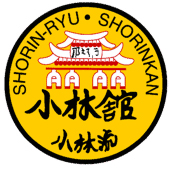
Shorin-ryu Shorinkan is a branch of the Kobayashi Shōrin-ryū style of Okinawan karate, developed by Shūgorō Nakazato, Hanshi 10th Dan. Nakazato was a student of Chōshin Chibana. After Chibana's death in 1969, Nakazato assumed the title of Vice President of the Okinawa Shorin-Ryū Karate-do Association. In November 1975, Nakazato resigned from this association and formed the Okinawa Karate-do Shorin-Ryū Shorinkan Association.
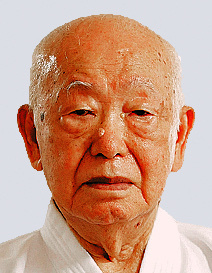
Shūgorō Nakazato was an Okinawan martial artist. Described as a "one punch artist" by some of his American students, Nakazato developed his karate sparring into "a fine fighting art". He gave many demonstrations in Japan as well as abroad and had "many well-known students in the USA", Nakazato was designated as an "intangible cultural asset holder" by Okinawa Prefecture in 2000. He was awarded the Order of the Rising Sun, 5th Class with Gold and Silver Rays on November 4, 2007.
Seiichi Iju, also known as Selichl Ishu was an Okinawan martial artist. He studied Shitō-ryū karate as a student of Shinpan Gusukuma. Iju had a dojo in Osaka, Japan. He was the first teacher of Shūgorō Nakazato, who then went on to become a student of Chosin Chibana. The version of Gojūshiho kata practiced in Shōrin-ryū Shorinkan is credited to Iju and his lineage. The rest of Shōrin-ryū Shorinkan katas are derived from Chosin Chibana's lineage.
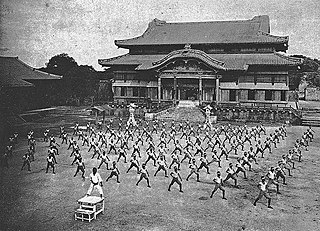
Okinawan martial arts refers to the martial arts, such as karate, tegumi and Okinawan kobudō, which originated among the indigenous people of Okinawa Island. Due to its central location, Okinawa was influenced by various cultures with a long history of trade and cultural exchange, including Japan, China and Southeast Asia, that greatly influenced the development of martial arts on Okinawa.
Matayoshi Kobudo is a general term referring to the style of Okinawan Kobudo that was developed by Matayoshi Shinpo (又吉眞豊) and Matayoshi Shinko (又吉眞光) during the twentieth century. Martial arts have been practiced by the Matayoshi family for over nine generations and draw influence from Japanese, Chinese and indigenous Okinawan martial arts styles.

Kanken Tōyama was a Japanese schoolteacher and karate master, who developed the foundation for the Shūdōkan karate style.
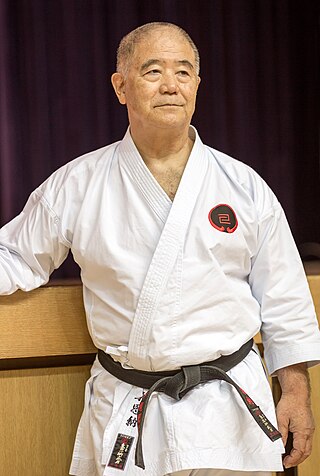
Morio Higaonna is a prominent Okinawan karate practitioner who is the founder and former Chief Instructor of the International Okinawan Goju-ryu Karate-do Federation (IOGKF). He is a holder of the highest rank in Goju-ryu karate, 10th dan. Higaonna has written several books on Goju-ryu karate, including Traditional Karate-do: Okinawa Goju Ryu (1985) and The history of Karate: Okinawan Goju Ryu (2001). Martial arts scholar Donn Draeger (1922–1982) reportedly once described him as "the most dangerous man in Japan in a real fight."

Yuchoku Higa (1910–1994) was a Japanese Shorin-ryu karate master who was awarded Hanshi in 1976. He was a politician served as a Naha City Council member and a chair of the Naha City Council.
Seikichi Odo, whose name means "world walker" in Japanese, was a karateka. He combined kobudō and karate techniques to found the Ryūkyū Hon Kenpo Kobujutsu Federation.

Kosei Nishihira was an Okinawan martial arts master of Shōrin-ryū Matsumura Seitō Karate and Kobudō.










